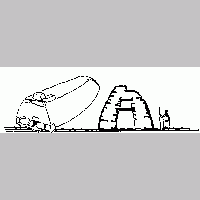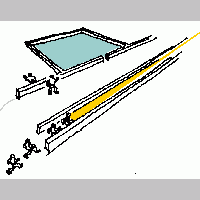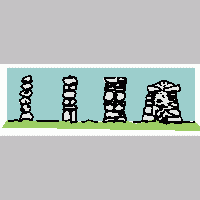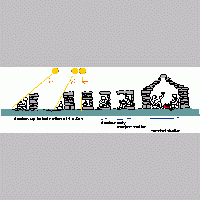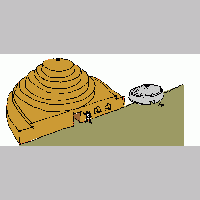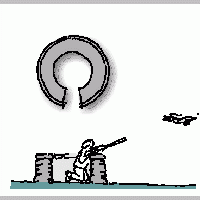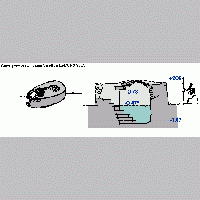

 dr Borut Juvanec
dr Borut Juvanec
Objects in Stone: Dry Stone Walling System
Dry-stone constructions are a characteristic feature of countries abounding in stone. Their development is dictated by the intrinsic need for fertile land and an abundance of stone. While fertile land is obtained through the cleansing of fields and pastures, superfluous stone may be put in piles, which disappear in time, or used in constructions.
Dry-stone longitudinal-wall construction principles involve a combination of longitudinal and transversal elements in an overlapping arrangement. The only dry-stone overlapping technique to be applied indoors is that of corbelling or slanting stones. The technique was used as early as around 4,000 BC in Hypogeum, Malta, and was reinvented several thousand years later with first constructions appearing around 450 years ago. Dry-wall constructions comprise fences, shelters and constructions for special purposes. The aim of fences is that of embracing, dividing, guiding and organising work. Shelters comprise toolsheds, stables and dwellings, while constructions for special purposes encompass pillars, tombs, dwellings, temples and special-occasion constructions where hunting, sheltering, defence, information-spread, miracle-confirmation activities and activities corroborating astronomical phenomena took place. All the above-mentioned compositions are characterised by the use of anthropomorphic measures, such as the square root of two and the equilateral triangle.
The proportion systems convey the growth of the circle within a square (the square root of two) and the square root of three halves (obtained with three sticks of identical length).
Research faces three basic problems, i.e. informing, documenting and analysis, as the policy of safeguarding small owners prevents systematic solutions and international preservation policies. The expert community, however, can make a significant contribution with identification, education and preservation attempts aiming at raising the public awareness, for simple dry-stone constructions not only represent a significant part of human history and cultural heritage but also determine the future developments of cultural landscape and identity.
 complete paper
complete paper
Za povečavo kliknite na sliko
Click on picture to enlarge


 dr Borut Juvanec
dr Borut Juvanec


